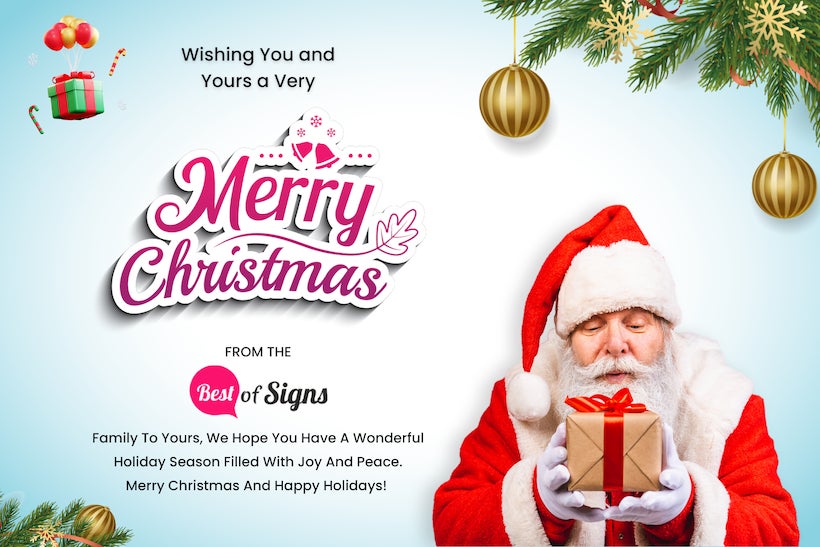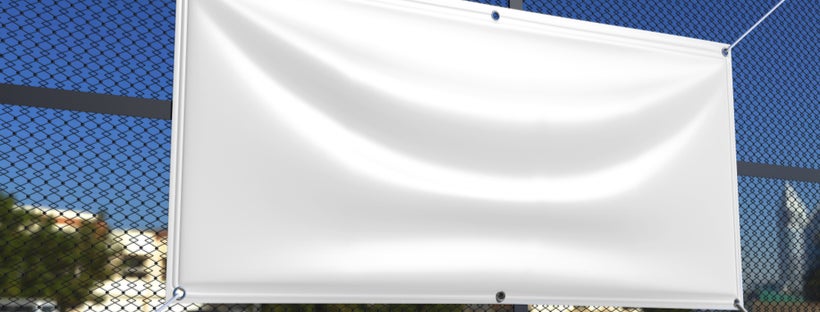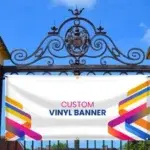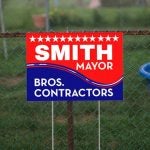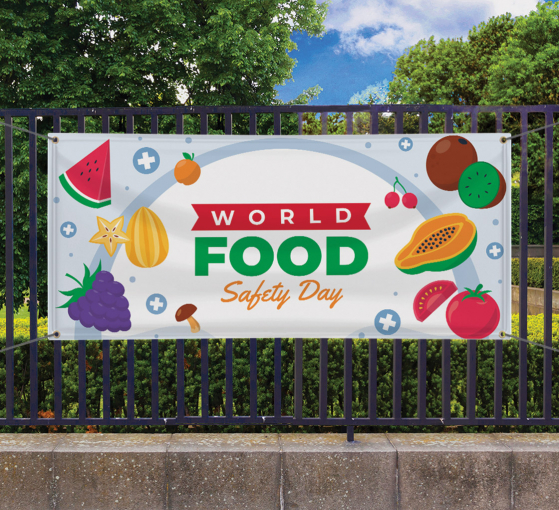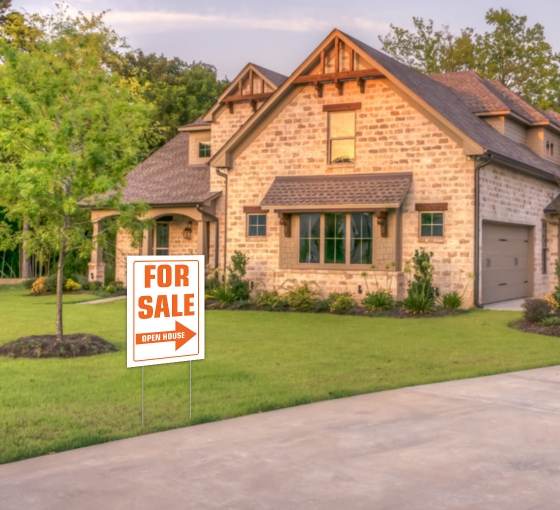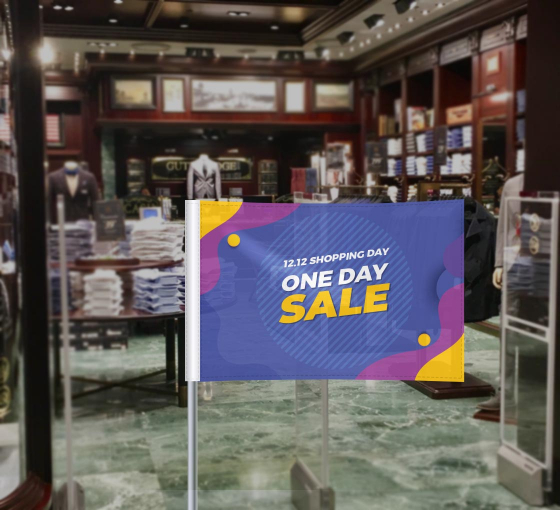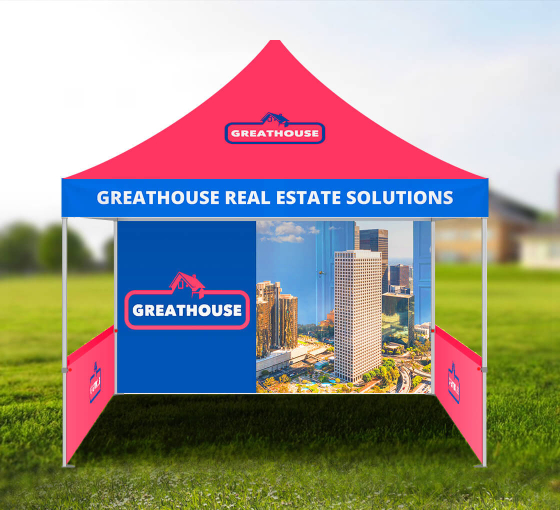Neon signs are an essential component of branding for businesses of all sizes. Whether it’s for a trendy bar, a lively restaurant, or a festive party, neon signs provide a bright and engaging way to attract attention. With so many options available, it can be tough to decide which is better: glass or flex neon signs.
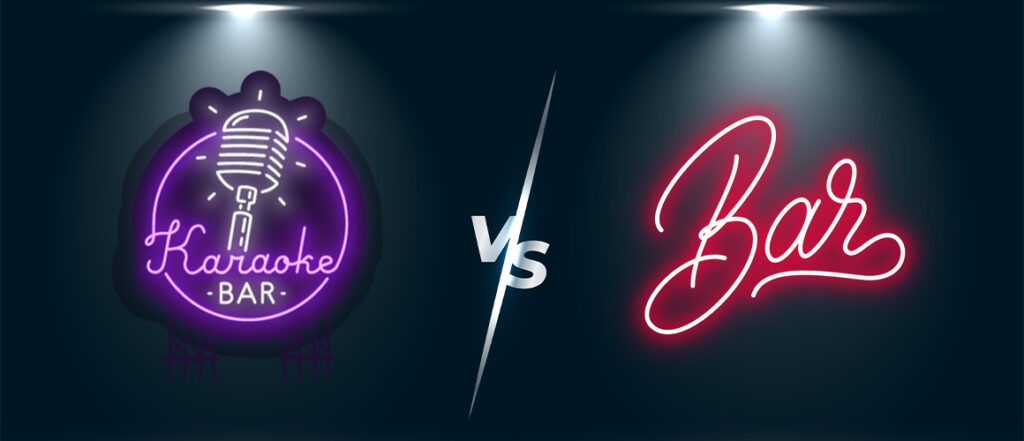
In short, if you’re looking for easy-to-use, flexible, uniquely patterned signs that are environmentally friendly and help reduce costs, then flex neon signs are the ideal choice. On the other hand, if you want to create a retro ambiance and evoke nostalgic memories with glass-filled neon lights, then glass neon signs are the way to go. For a more detailed comparison and to help determine which option best suits your business or event, let’s dive into the blog.
Overview of Glass and Flex Neon Signs
Here’s a quick glimpse of the key differences between glass and flex neon signs
| Feature | Glass Neon Signs | Flex Neon Signs |
| Material | Hand-bent glass tubes filled with inert gases | Flexible PVC or silicone tubing with LED lighting |
| Technology | Gas-filled tubes glow when electrically charged | LED strips illuminate within a flexible casing |
| Typical Use | Bars, restaurants, retro-themed businesses | Modern retail, events, outdoor signage |
| Customization Level | Limited due to the glass’s rigidity and fragility | High, flexible design capabilities |
| Environment Friendly | Uses high-voltage gases and more energy, less eco-friendly | LED technology is energy-efficient, lower carbon footprint |
| Cost Effectiveness | High initial cost and expensive maintenance | Lower upfront cost, minimal maintenance, and long-term savings |
| Energy Efficiency | Consumes more power due to high-voltage operation | Highly energy-efficient, uses less electricity |
| Maintenance | Requires a professional electrician for repairs and upkeep | Easily maintained by the owner, minimal professional help needed |
| Ease of Use | Fragile and difficult to install without expert help | Durable, lightweight, easy to install and use on your own |
Durability Comparison
When it comes to durability, flex neon signs clearly take the lead. Glass neon signs, while visually stunning, are fragile and can be prone to breakage during shipping, installation, or over time. The glass tubes can shatter upon impact, which makes them unsuitable for environments where the sign might encounter physical contact. Also, they are more sensitive to weather conditions, making them less ideal for outdoor use.
Flex neon signs, on the other hand, are highly durable. Made from flexible materials like PVC or silicone, they can withstand impacts, bending, and extreme weather conditions. Their durability makes them suitable for both indoor and outdoor use, offering greater versatility, especially in high-traffic areas.
Practical Example:
- Glass Neon Signs: Ideal for indoor settings like bar neon signs or classic party neon signs, where the risk of impact is low.
- Flex Neon Signs: Best suited for outdoor signage, such as Christmas neon signs for festive displays, due to their weatherproof nature.
| Durability Factor | Glass Neon Signs | Flex Neon Signs |
| Impact Resistance | Low, prone to breaking | High, resistant to impacts |
| Weather Resistance | Sensitive to rain, wind, and temperature fluctuations | Waterproof and weather-resistant |
| Lifespan | 8-15 years with proper maintenance | 10+ years, minimal maintenance required |
Aesthetics Comparison
A key reason many businesses opt for glass neon signs is their unmatched aesthetic appeal. The gas-filled tubes in glass signs provide a warm, vibrant glow that LED-based flex neon signs struggle to replicate. The color intensity and uniformity of glass neon are often preferred for creating that authentic, vintage neon look, which has been a hallmark of iconic signs for decades.
Flex neon signs are also visually attractive, but their LED lighting can sometimes appear more diffused and less intense. However, flex neon offers more design flexibility. Because the material is bendable, designers can create more intricate shapes and styles that might not be achievable with glass neon signs.
Practical Example:
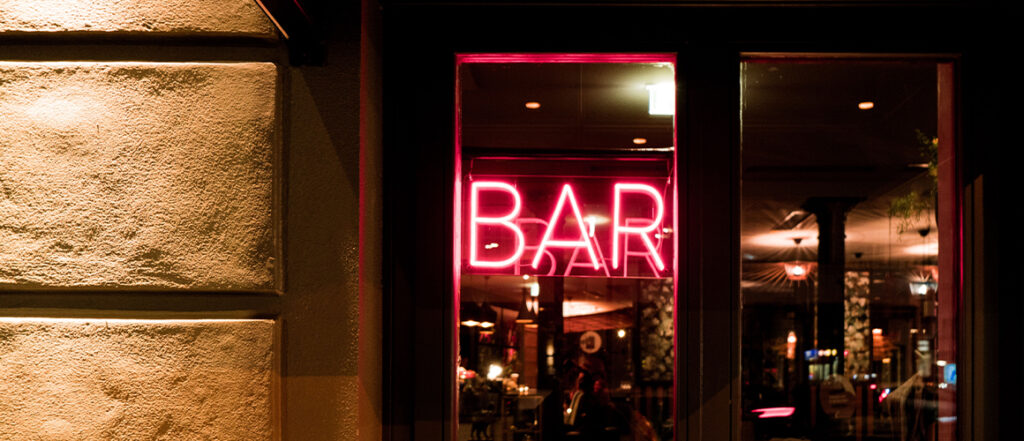
- Glass Neon Signs: If you’re aiming for a vintage look in your bar neon signs, glass neon is the perfect choice due to its classic warm glow.
- Flex Neon Signs: If your business requires modern, custom shapes for events like party neon signs or custom neon signs for branding, flex neon signs offer unmatched versatility.
| Aesthetic Factor | Glass Neon Signs | Flex Neon Signs |
| Color Intensity | High, vibrant, rich colors | Slightly diffused due to LED technology |
| Customization Options | Limited to simple shapes due to glass rigidity | Highly customizable in terms of shape and size |
| Visual Appeal | Ideal for a retro, vintage feel | Suited for modern and sleek designs |
Versatility and Customization
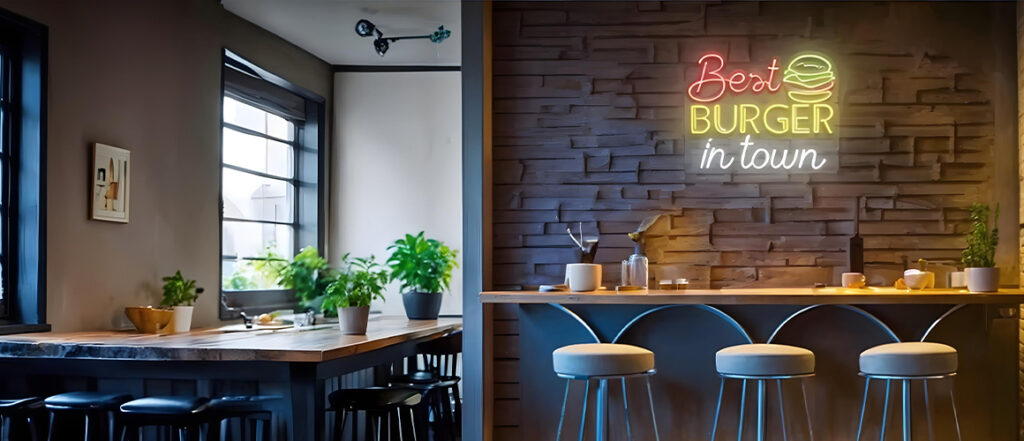
In terms of versatility, flex neon signs are the clear winner. The flexible material allows for an almost infinite range of shapes and designs. This is a significant advantage for businesses looking to create custom neon signs that align closely with their brand identity. Whether you need signs for a holiday-themed display, outdoor events, or uniquely shaped party neon signs, flex neon offers the adaptability to cater to these requirements.
In contrast, glass neon signs are less customizable due to the rigid nature of the glass. While glass signs are impressive, they are often limited to simpler shapes. Custom designs can become expensive and time-consuming because each sign requires expert craftsmanship.
| Versatility Factor | Glass Neon Signs | Flex Neon Signs |
| Customization | Limited by the glass’s shape and design constraints | High, customizable in complex shapes and lettering |
| Outdoor Applications | Not ideal for outdoor due to fragility | Suitable for both indoor and outdoor use |
| Indoor Applications | Great for aesthetic indoor use in bars, shops, etc. | Flexible for use in varied environments |
Energy Efficiency, Environmental Impact, and Cost
Energy efficiency is becoming increasingly important for businesses, both from an ecological and cost perspective. Glass neon signs are less energy-efficient as they rely on inert gases and require high voltage to operate. Over time, these signs may lead to higher energy bills, especially if they’re used for large-scale signage or are left on for extended periods.
Flex neon signs, powered by LED technology, are much more energy-efficient. They use less power and emit less heat, which reduces operating costs and energy consumption. Flex neon signs are not only cost-efficient but also environmentally friendly, as they contribute to lower carbon footprints and less waste.
Cost Breakdown Over Time:
- Glass Neon: High upfront costs and higher energy consumption. Maintenance or repairs can become costly over time.
- Flex Neon: Lower initial investment, reduced electricity costs, and minimal maintenance needs make flex neon more affordable in the long run.
| Cost Factor | Glass Neon Signs | Flex Neon Signs |
| Initial Investment | Higher due to material and craftsmanship | Typically more affordable, especially for large orders |
| Energy Efficiency | Lower, consumes more power | Higher, LED lights are energy-efficient |
| Environmental Impact | Less eco-friendly due to higher energy consumption | Eco-friendly, reduces carbon footprint |
| Long-term Costs | Higher due to maintenance and electricity costs | Lower, minimal maintenance and reduced electricity usage |
Best Applications for Glass and Flex Neon Signs
Now that we’ve compared the two in this neon sign comparison, it’s important to know the best use cases for each type of neon sign.
Glass Neon Signs are best suited for:
- High-end Bars: Bar neon signs in upscale establishments that value authentic, vintage aesthetics.
- Boutique Shops: Stores looking to add a retro touch to their interior design, making them appealing to niche customers.
- Event Spaces: Classic party neon signs where ambiance is key and the fragile nature of the sign isn’t a concern.
Flex Neon Signs are ideal for:
- Outdoor Events and Festivals: Christmas neon signs and other seasonal displays that need to withstand weather conditions.
- Retail: Custom-shaped flex neon signs for store branding and promotional events.
- Businesses on a Budget: Flex neon provides the look of neon at a fraction of the cost, especially for large-scale installations.
| Best Uses | Glass Neon Signs | Flex Neon Signs |
| Bars and Restaurants | Ideal for creating a vintage or retro feel | Suited for modern, trendy establishments |
| Retail Stores | Great for high-end, boutique stores | Perfect for all types of retail, especially modern shops |
| Outdoor Events | Less suitable due to fragility | Best choice for durability and weather resistance |
How to Choose Between Glass and Flex Neon Signs
Choosing between glass and flex neon signs depends largely on the specific needs of your business. If you prioritize aesthetic appeal and a classic neon glow, and your sign will be used in a protected indoor space, glass neon signs might be the perfect choice for you.
On the other hand, if you need a cost-effective, durable, and customizable option that can be used both indoors and outdoors, flex neon signs offer greater versatility and energy efficiency. For businesses seeking Christmas neon signs, bar neon signs, or party neon signs that can withstand high-traffic environments or outdoor weather conditions, flex neon is the superior choice.
Final Recommendation:
- Glass Neon: Go for glass neon if you’re in a luxury or boutique business that values traditional aesthetics and the nostalgic appeal of vintage neon.
- Flex Neon: If you’re budget-conscious, need durability for outdoor events, or want more design flexibility, flex neon is your best bet.
To make the best decision, consider consulting with a custom neon sign provider to explore different options and pricing for your specific business needs.
Written By BestofSigns Editorial Team.

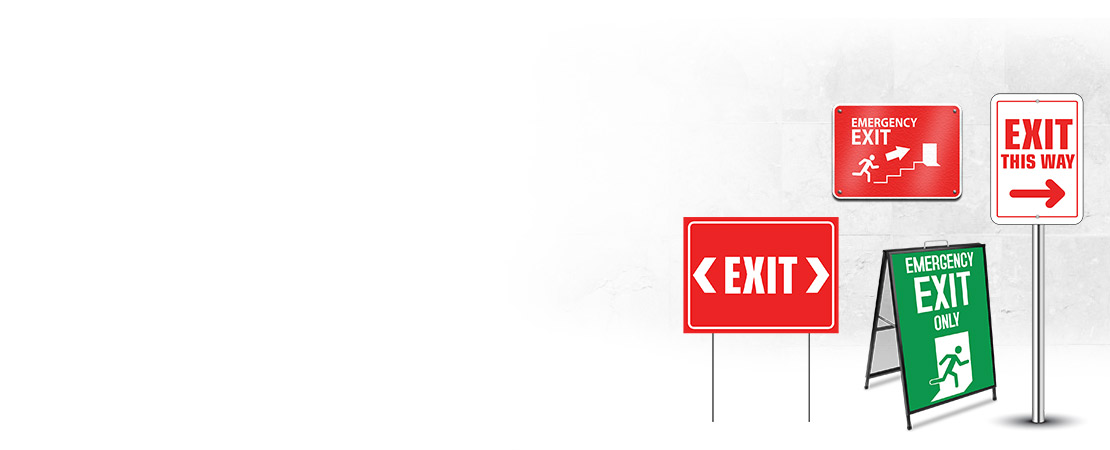






































 Posted in
Posted in 